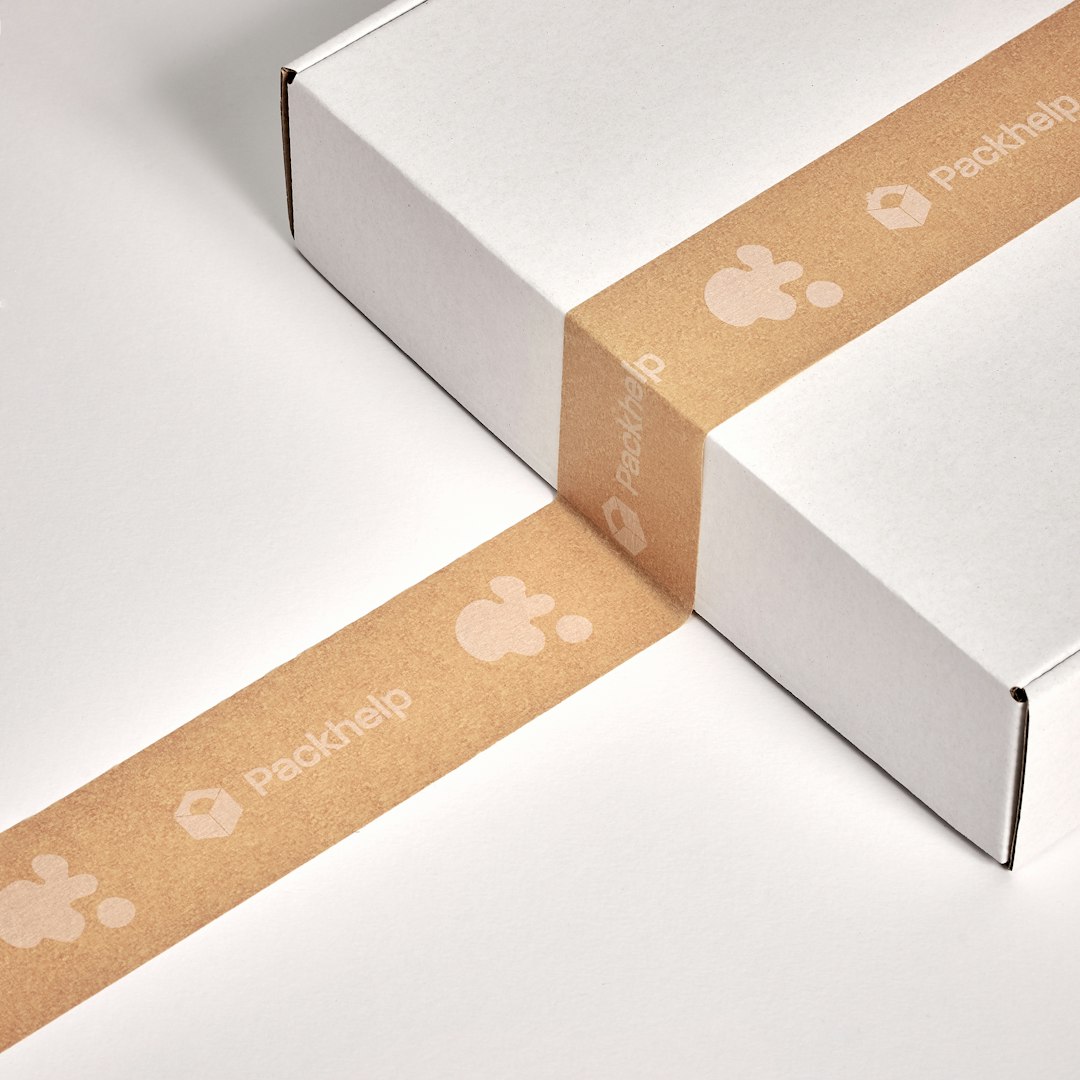As global brands move toward greener supply chains, the demand for sustainable packaging solutions continues to rise. Businesses that integrate eco practices into their packaging strategies not only meet regulatory expectations but also strengthen their brand image among environmentally conscious consumers. Partnering with SunTop Printing enables companies to access practical, scalable, and FSC-certified packaging options designed for both performance and sustainability, often beginning with a resource that helps teams explore the most adaptable approaches to eco-focused packaging development.
-
Assess the Current Packaging Footprint
The first step in implementing sustainable packaging solutions is understanding where your organization stands today. Evaluate the types of materials being used, the waste generated during production and distribution, and the carbon footprint associated with transportation. A detailed assessment helps identify inefficiencies—such as excessive void fill or non-recyclable laminates—that can be replaced with more sustainable alternatives. -
Choose Eco-Friendly and Certified Materials
Transitioning to eco packaging materials is central to any sustainability plan. Options like biodegradable paperboard, recycled PET, or compostable films can dramatically reduce environmental impact. Businesses should also prioritize suppliers with FSC® and ISO14001 certifications, ensuring the paper and inks used meet international sustainability standards. These certifications not only validate responsible sourcing but also appeal to buyers who value traceable, ethical production. -
Optimize Packaging Design for Efficiency
Eco packaging isn’t just about the material—it’s also about smart design. Streamlined structures, right-sized cartons, and collapsible formats minimize waste and shipping costs. Advanced prepress and die-cut optimization technologies can further reduce offcuts. SunTop’s G7®-certified production ensures color consistency even on recycled substrates, allowing brands to remain sustainable without compromising quality or visual appeal. -
Support a Circular Economy Through Recycling Programs
Sustainability goes beyond the initial product. Encouraging proper recycling and reusability closes the loop and reduces landfill waste. Companies can establish take-back initiatives, print clear recycling symbols on every package, or collaborate with logistics partners to collect post-consumer waste. These efforts reinforce a circular economy and build stronger engagement with eco-minded customers. -
Monitor, Improve, and Communicate Progress
Implementing sustainable packaging is an ongoing process. Regular audits, life-cycle analyses, and supplier evaluations ensure continuous improvement. Equally important is transparency—sharing sustainability metrics in annual reports or on packaging itself fosters consumer trust and accountability. Brands that communicate measurable progress stand out in competitive markets like the U.S., Canada, and Australia, where sustainability expectations are high.
Conclusion
Adopting sustainable packaging solutions is no longer a marketing choice—it’s a long-term business strategy. By assessing current practices, choosing certified materials, optimizing design, and promoting recycling, companies can significantly reduce their environmental footprint while achieving cost efficiency and brand loyalty. With the right partner, such as SunTop Printing, businesses can turn sustainability goals into measurable, profitable action.

